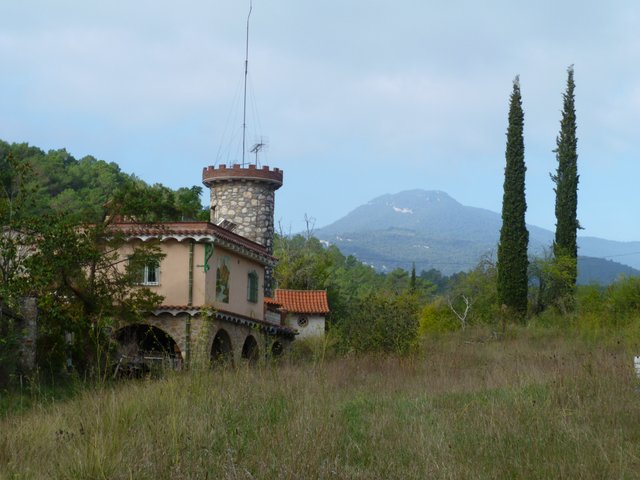We'd like to see a picture of your new instrument. Most here are not familiar with that builder, I suspect. Playing on a table top is VERY traditional. A number of pre-Revival builders put small feet on the bottom to raise the bottom off the table top and allow it to vibrate, giving louder sound. You may want to consider making a Possum Board - think 1/2" or thinner Poplar plank 5-8" wide x 36" long from the Lowes or Home Depot "hobby wood" section, with a couple 1/4" square rails glued across say 28" apart, to support your dulcimer. Now glue that rubber shelf liner to the top of those rails. Set the whole thing on a table, then set the dulcimer on top.
On the question of staining.... very few builders do. Most like to see the beauty of the wood grain. Use a clear polyurethane and wipe it on. Repeat 3-4 times, steel wool in between coats. I personally prefer a satin finish rather than deep gloss.
You may want to read the article I wrote called I Just Got A Dulcimer, Now What? . It's an illustrated glossary of terms (so we all speak the same language, plus answers to many beginner questions about tuning, playing, care and feeding of your new best friend.
http://mountaindulcimer.ning.com/profiles/blogs/i-just-got-a-dulcimer-now-what

 It's never pedantic to ask for a clarification!
It's never pedantic to ask for a clarification!
